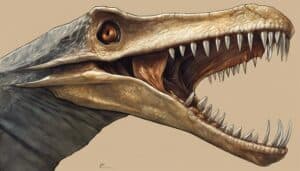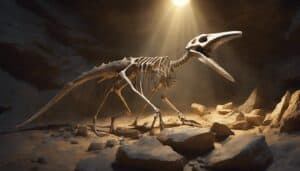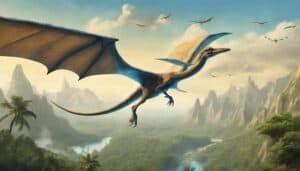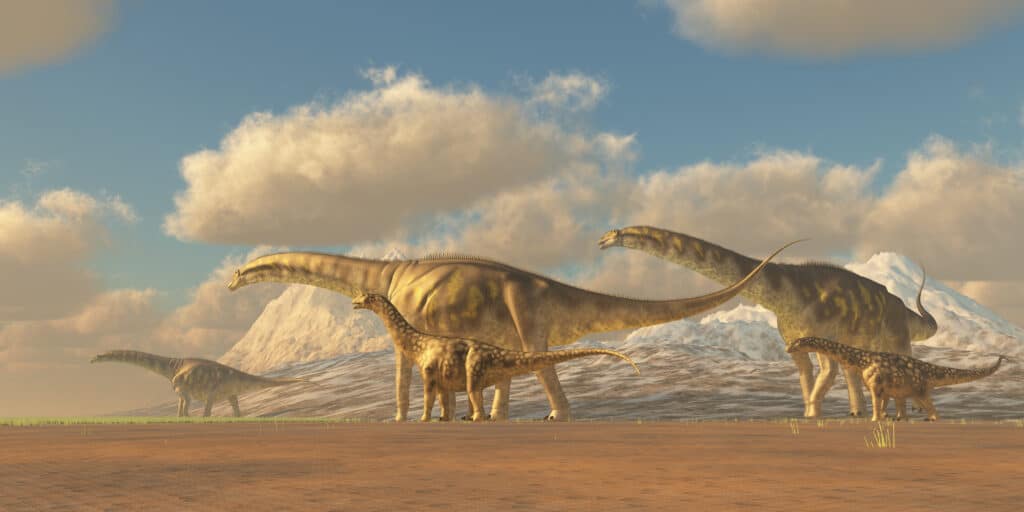
They Lived Millions of Years Ago…
On every continent,
DINOSAURS
Welcome to AdventureDinosaurs, your ultimate destination for all things dinosaur-related!
Our mission is to ignite the spark of curiosity and adventure in every dinosaur enthusiast, whether you’re a budding paleontologist, a seasoned expert, or just someone with a passion for these magnificent creatures.
AdventureDinosaurs is published by MHaralson Enterprises

I’m Michael, the author/editor of AdventureDinosaurs and also the owner of MHaralson Enterprises. AdventureDinosaurs is our branded website providing information, news, products, and services to all dinosaur enthusiasts. Read my story: About Michael
Products and Services Provided
Explore our vast array of services and products, tailored to bring the dinosaur era right to your doorstep.
Discover Dinosaur Products and Gear:
- Dinosaur Toys and Figurines
- Dinosaur Learning Sets
- Dinosaur Gear
- Dinosaur Books and Media
Step into our unique Print on Demand store, all themed around your favorite dinosaurs:
- Dinosaur Clothing
- Dinosaur Accessories
- Dinosaur Art
For the knowledge seekers, we offer a treasure trove of resources – from free e-books and worksheets that unravel the mysteries of dinosaur eggs and species to engaging Amazon Print on Demand journals, calendars, and planners adorned with the AdventureDinosaurs logo.
But that’s not all – immerse yourself in our captivating Dinosaur Adventure Story Novels and informative e-books, available in sets and formats for all ages.
At AdventureDinosaurs we’re a gateway to the past, bringing the thrill of discovery to your everyday life.
Latest Dinosaur News:
Articles – DINOSAUR EGGS
- Learn How Dinosaur Eggs Are Fossilized And Identified: The [Surprising] Process of Fossilization
- Do All Dinosaurs Hatch From Eggs? What We Know About Dino Eggs
- How Much Would A Real Dinosaur Egg Be Worth?
- Dinosaur Egg Fossils- 23 Things To Know About Them
- How Big Are Dinosaur Eggs? The Surprising Sizes of Key Species!
Articles – ANIMALS DINOSAURS ARE RELATED TO
- What’s the Difference Between Dinosaurs and Dragons?
- What Animals Alive Today Lived with Dinosaurs? 15 Surprising [Prehistoric] Species!
- How Old Are Crocodiles? Surprising Ancestors [Fossils, Evolution, Modern Species]
- Dinosaurs Were Reptiles! Here’s Why [The Amazing Evidence]
- Did Turtles Live With Dinosaurs – All About Ancient Turtles
- Are Turtles Related to Dinosaurs? Ancient Turtles Reveal the Answer

![Learn How Dinosaur Eggs Are Fossilized And Identified: The [Surprising] Process of Fossilization 1 Learn How Dinosaur Eggs Are Fossilized And Identified: The [Surprising] Process of Fossilization](https://adventuredinosaurs.com/wp-content/uploads/2020/02/Depositphotos_235767030_xl-2015-300x200.jpg)



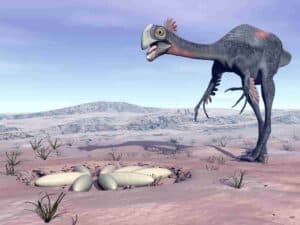

![What Animals Alive Today Lived with Dinosaurs? 15 Surprising [Prehistoric] Species! 7 What Animals Alive Today Lived with Dinosaurs? 15 Surprising Species!](https://adventuredinosaurs.com/wp-content/uploads/2021/08/sea-turtles-coexisted-together-with-dinosaurs-AdventureDinosaurs-300x200.jpg)
![How Old Are Crocodiles? Surprising Ancestors [Fossils, Evolution, Modern Species] 8 How Old Are Crocodiles? Surprising Ancestors Fossils, Evolution, Modern Species](https://adventuredinosaurs.com/wp-content/uploads/2022/10/Depositphotos_39923805_XL-300x200.jpg)
![Dinosaurs Were Reptiles! Here’s Why [The Amazing Evidence] 9 Dinosaurs Were Reptiles! Here’s WhyDinosaurs Were Reptiles! Here’s Why](https://adventuredinosaurs.com/wp-content/uploads/2019/09/Dinos-Were-Reptiles_Cov1_AdventureDinosaurs-300x165.jpg)


